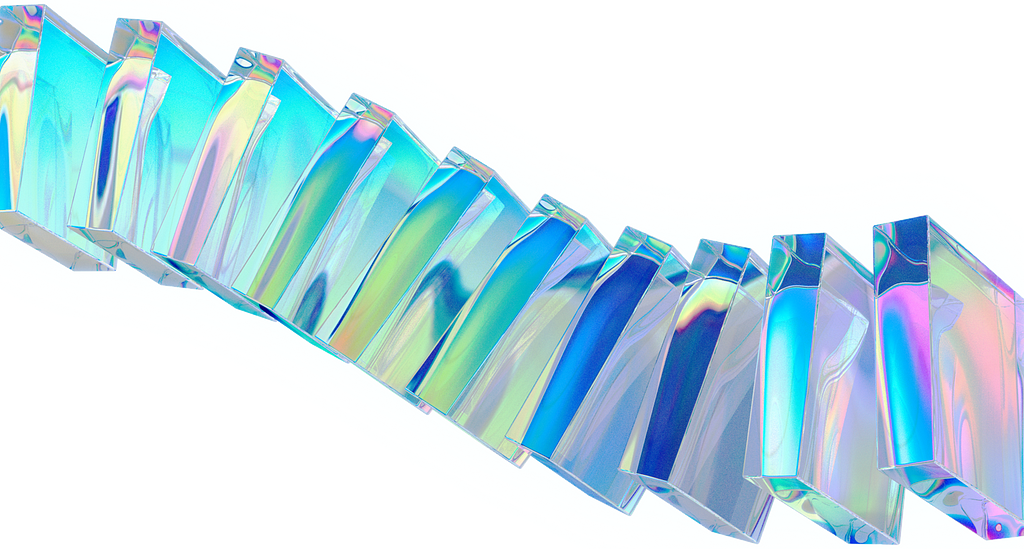A service that aims to provide experiential multisensory therapy by building upon the virtues of the self-devised ‘Experience-Therapy Dyad’ and mixed reality.
Team
Pranoy Kanungo , Nikhil Srivastava, and Sahil R
Timeframe
3 Months (July 2021 to October 2021)
Designing for Mental Wellness
With the passage of time, the value of mental health has solidified its ground as an invaluable pillar of human sustenance. While the phenomenon can simply be described as how a person feels, thinks, and behaves, it’s more importantly what forms their biopsychosocial reflection.
Awareness about the irreplaceable virtues of a flourishing mental health has been a pressing point of conversation. Coupled with the worldwide COVID-19 pandemic, the effect of its deterioration and the resultant mental illnesses have become ever-alarming.
What follows with acknowledgment of ‘how vital mental wellness is’ is the topic of therapy.
This is where our story begins…
https://medium.com/media/4b99fb7f701e7c191dda058fff11d3b2/href
Therapy refers to the process of remediating any health-related problem, but when discussed in light of mental well-being the procedure is specifically termed as ‘psychotherapy’.
As a clinical instrument, the process aims to condition and nourish a person’s mental health by facilitating control over the symptoms of their mental trauma, illness, or disorder.
With recorded prevalence since ancient times, the process of formal psychotherapy started to take its modern shape in the 1870s with the onset of a rudimentary psychological clinic by Wilhelm Wundt. It has ever since had a diverse journey, mapping paradigm shifts in between the theories of moralism, behaviorism, cognitivism, and existential-humanism.
In contemporary practice, psychotherapy is streamlined towards the macro theories of behavioral, psychoanalytical, and humanistic models- each encompassing the value of identifying and subsequently engaging with the core beliefs of the mind and the body.
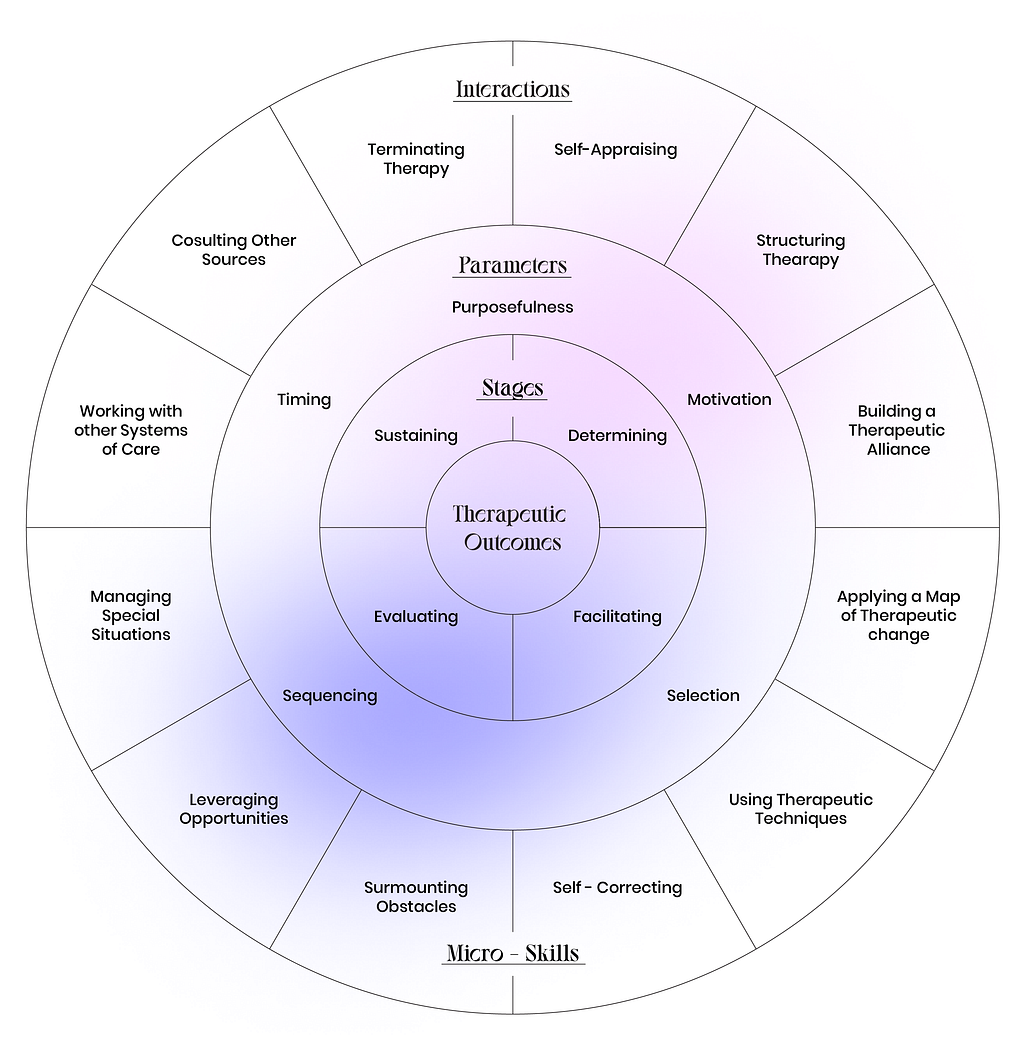
The psychological complications that a person may face are manifold. Whether a person isn’t able to sleep properly or whether they are undergoing mental trauma due to a life-altering event, all of these can belong to the spectrum of mental health issues and thus require special attention and care.
Similarly, the mediums in which psychotherapy can be provided are innumerable. The most suitable method to treat or to help cope with an illness is determined by mapping factors such as the root cause, the resultant symptoms, the severity, and thus the level of care required. Hence exists the multifarious array of psychotherapeutic approaches to choose from.
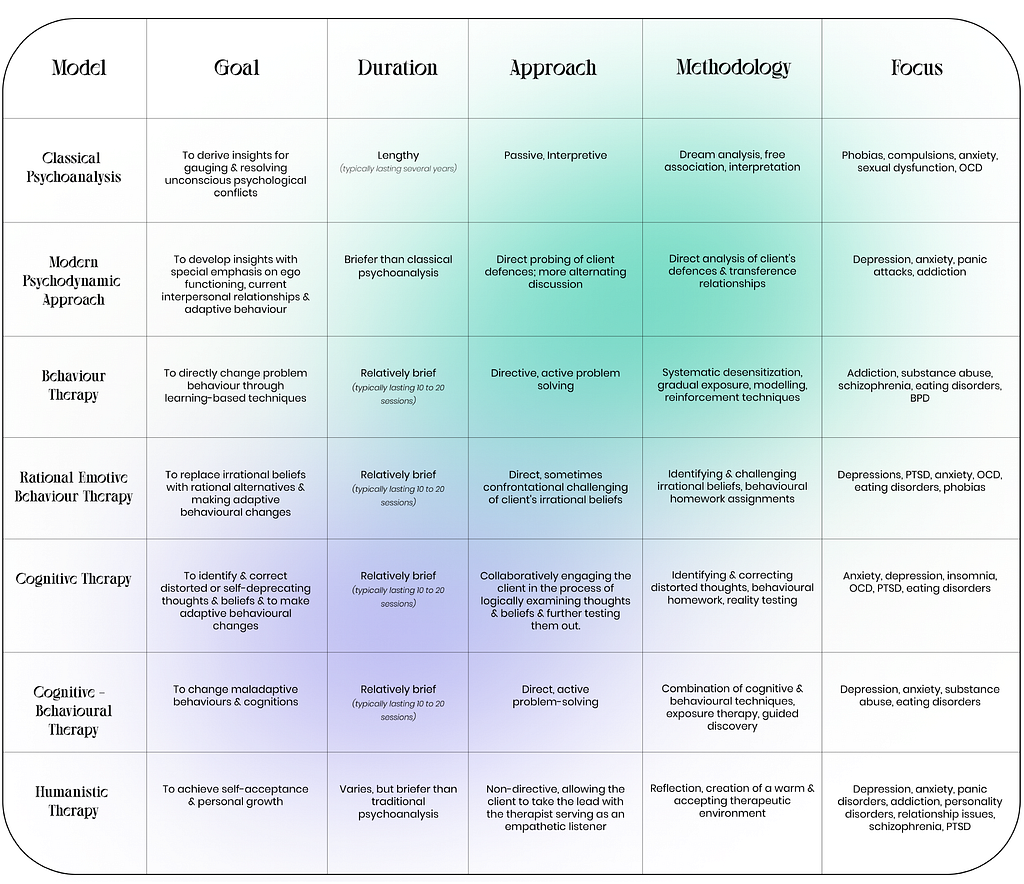
It is quintessential to first identify the most suitable modus operandi before committing to a specific therapeutic process. The journey, the experienceable change, and acknowledgment of the achieved autonomy follow.
Devising the Experience-Therapy Dyad (ETD)
Amidst the vibrant assemblage of therapy methods that exist, there are two unique models that emphasize particularly on the niche of experience-driven, immersive, and humanistic psychotherapy. These, in conjunction, form the foundation of Aura’s exploratory journey ahead- bridging the gap between ‘undergoing’ therapy and ‘experiencing’ it.
1. Experiential Therapy
Experiential therapy is a therapeutic medium that is designed to engage the patient with expressive activities to help them identify and then cater to the emotions attached to that particular experience.
Immersive experiences such as emotional processing, interpersonal interactions, evocative events, and creativity are channelized through tools such as role-playing, animal care, guided imagery, and artistic outlets.

This form of therapeutic intervention is often used to treat trauma, grief, behavior disorders, eating disorders, substance abuse and to aid anger management. It helps the client to re-experience and release repressed negative emotions from the past, being better able to experience positive feelings such as calmness, forgiveness, and love in the present- changing their perception of reality.
2. Multisensory Therapy
Multisensory therapy is a form of therapy where the patient is allowed to experience a range of unpatterned multichannel stimuli to create a sense of comfort and safety- allowing them to explore and relax.
The curation of experiences includes an amalgamation of visual, aural, tactile, olfactory, gustatory, and proprioceptive stimuli- all symphonized into a therapeutic ambiance.
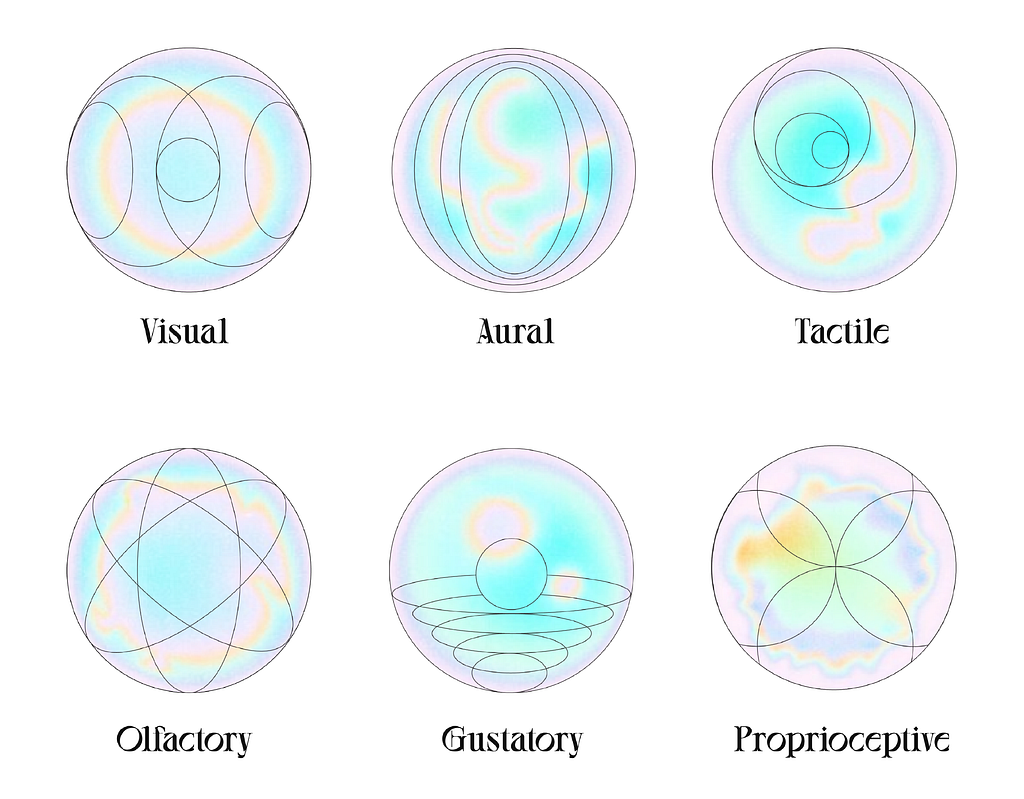
Usually taking place in a dedicated environment, the therapy room is designed for relaxation and stimulation- following the virtues of being responsive, enabling, non-directive, and failure-free. The patients are encouraged to choose, control, and explore the stimuli around them.
An array of specialized equipment such as bubble tubes, fiber optics, and aroma-therapy diffusers are coupled with environmental cues such as white walls, cushioned floors, and blacked-out windows to holistically stimulate their senses.
This method of therapy is vastly explored and implemented in the practice of ‘Snoezelen’, which as a Dutch word is a combination of the verbs meaning ‘to explore’ and ‘to relax’. Having originated as a concept in the 1960s, the term has now become synonymous with multisensory therapy in various parts of the world. These multisensory environments integrate the four pillars of relaxation, stimulation, development, and therapy to cater to the treatment of complications such as learning disabilities, dementia, chronic pain, stroke, trauma, anxiety, and depression.
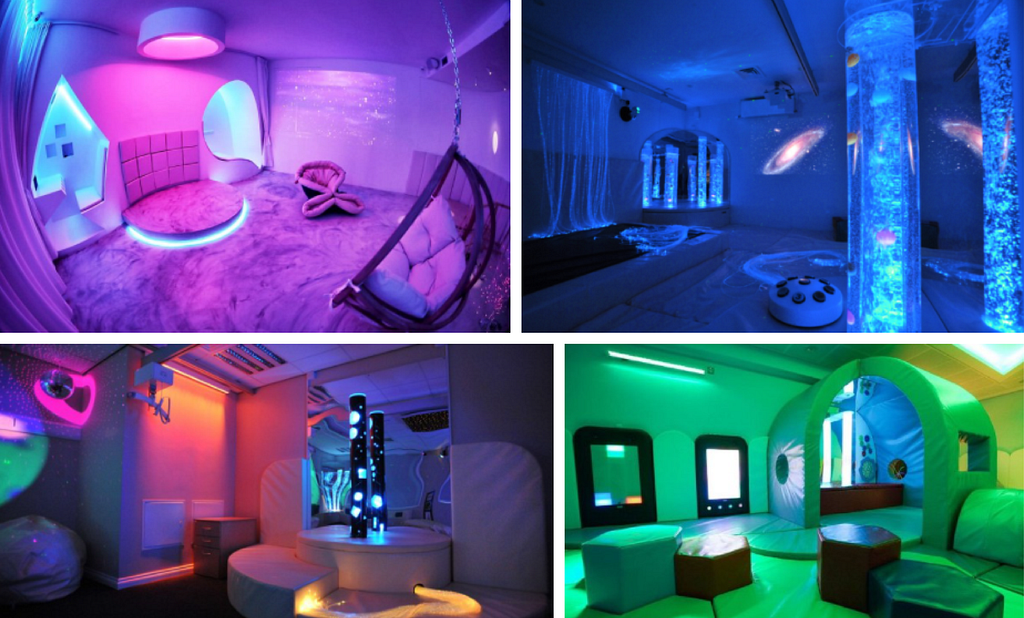
With notable effects such as improved task concentration, enhanced awareness of self, increase in adaptive behaviors, and elevated attentiveness to the environment, multisensory therapy helps achieve efficacious results through its human-centered model.
Experiential Therapy ∪ Multisensory Therapy
Uniting the virtues of both- Experiential Therapy and Multisensory Therapy, the Experience-Therapy Dyad (ETD) was formulated. This became the basis of our journey towards designing, structuring, and systemizing a multisensory therapeutic experience that emanates an evocative effect on the patient- helping them better identify and cater to emotional stressors.
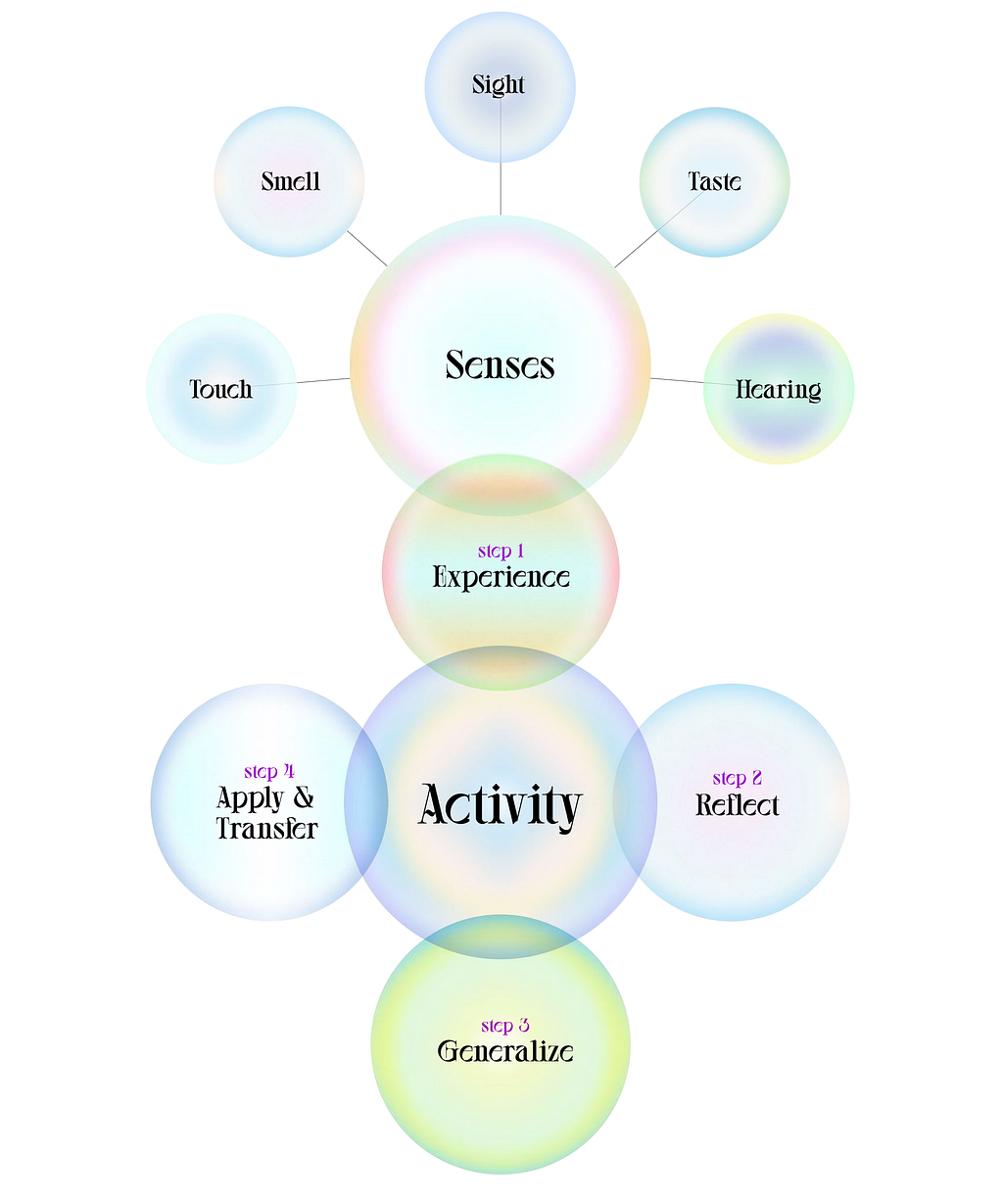
With the motto of incorporating the virtues of experience design within humanistic psychotherapy and embracing the overlapping emotional components of both the processes, the scope of innovating for mental wellness was further explored.
Incorporating the Human in “Humanistic”
While the concept of therapy as a process has had an entire journey of its own spanning across a variety of domains ranging from psychoanalytical to the prevalent cognitive models, the humanistic model demanded that the human is kept at the center of the design. Thus before delving deeper into the subject with the devised concept, it was quintessential to understand their side of the story.
Qualitative formative research was carried out to gather insights from people who have availed, ever thought of availing, or provided the service of psychotherapy before. Focus group discussions, in-depth interviews, and user surveys were conducted to gather insights and map out the corresponding value proposition.
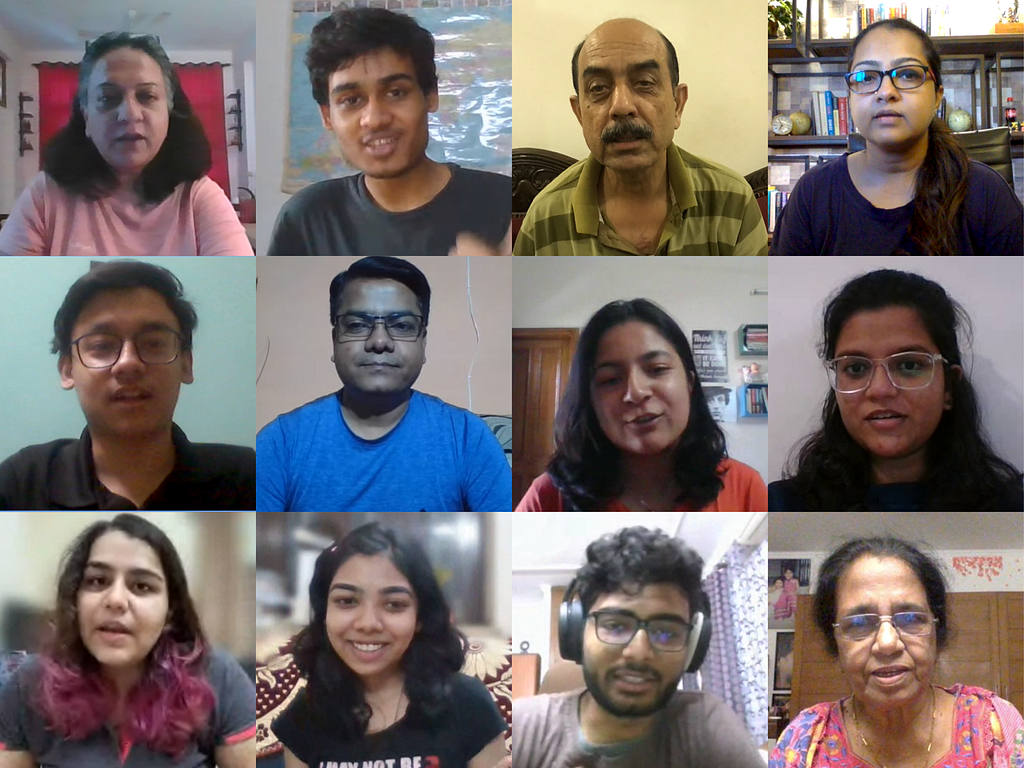
The user research helped analyze, evaluate and refine the definition of the problem, and better identify the existing lacunas and pain points related to the topic of therapy:
1. Unawareness
A pronounced problem highlighted by a majority of the participants was how there was prominent unawareness at various levels when feeling the need to seek therapy. First, there was a lack of awareness about what was appropriate to fit into the bracket of “mental illness” and required therapy, and then followed the unfamiliarity of who to contact or how to approach the process. Subsequently, with the myriad of options available on the internet, it became even more confusing to identify a particular type of service or tool that would best suit one’s problem(s).
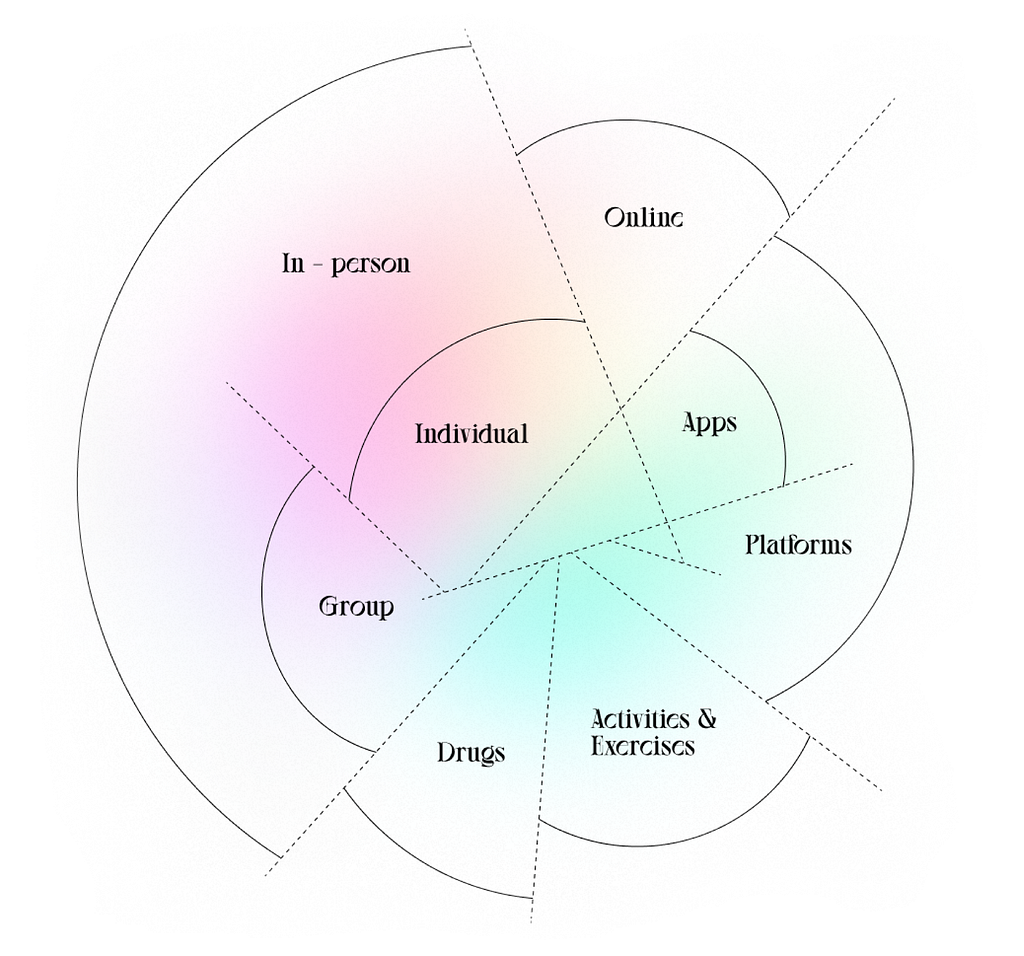
Furthermore, in many cases, even people who had undergone therapy were not aware of the specificities such as the type of therapy they received.
2. Social and Cultural Taboos
Adding up to the lack of awareness was how people were, at some point in their journey, skeptical about engaging in the remedial process because of the social or cultural taboos attached to the topic. While in some cases the prohibition was from close ones, for some it was even internal- questioning if it’s even necessary, or being cautious about what other people might think. An extension of the fear was how some people even had stories of availing the service in secrecy to avoid any “embarrassment”.
The stories pointed towards the need to normalize conversation on the subjects of therapy and mental health to make the process more comfortable and the channels more accessible for those in need.
There is also a need for rooted social conditioning to create awareness, acceptance, and encouragement towards the topic of mental healthcare.
3. Void of Specialized Therapy
An integral highlight of the research was how the topic of specialized therapy models such as experiential and multisensory therapy were completely foreign to a majority of the participants. While the ‘therapy seekers’ were utterly unaware, the psychologists pointed to how these services were rarely available in Asian countries, owing to the lack of demand coupled with their cost-intensive setups. Adding to the exclusivity was how the number of people trusting and hence seeking the service was already extremely low in comparison to the West, thus further limiting the need for its specialized practice.
When the proposed model of the ETD was discussed with the seekers, a majority of them reflected upon how it sounded “fascinating”, “interesting”, and “appealing”.
The psychologists had a slightly different take, which ended up serving as the final cornerstone to the conceptualization of Aura…
“While it sounds explorative and interesting, something like this might work in the future.”
Exploring the Mediums of the Future
With the directive proposition of building upon the principles of the ETD and integrating the prospects of futuristic technologies, the purview of advancements such as Extended Reality (XR) and Artificial Intelligence (AI) was extensively explored.
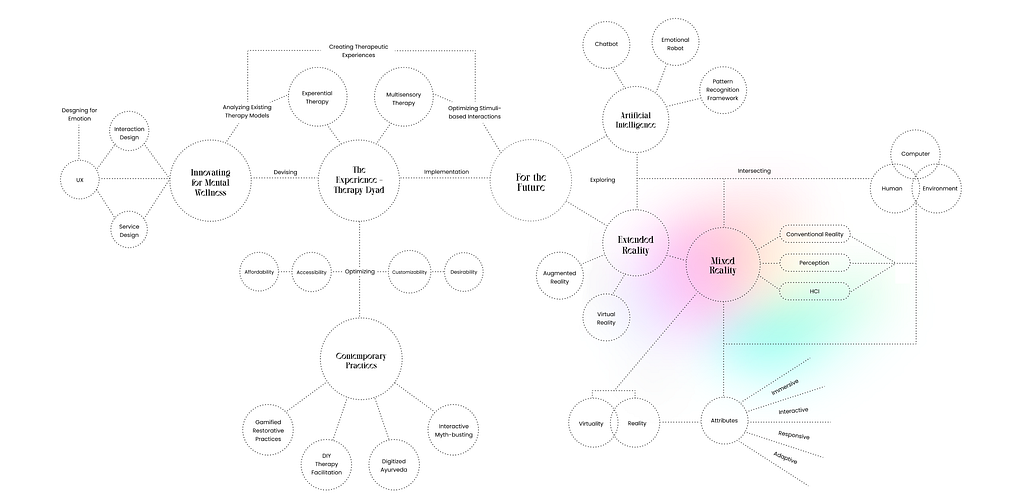
Mapping the depth of each technology and its corresponding channels, the prospect of Mixed Reality (MR), as a medium, was found to intersect complementarily with the concept of multisensory experiential therapy. Its virtuous tenets of being immersive, interactive, adaptive, and responsive were found to cogently overlap with the set objective of reimagining therapy as a human experience.
Therapy Reimagined
Aura, as a service, is built upon the ‘Experience-Therapy Dyad’ to amalgamate the virtues of multisensory therapy, experiential therapy, and mixed reality.
https://medium.com/media/7643f3824cddd96259f7723ae2d750d8/href
The tripartite design of the service is a union of
1. An app-based interface,
2. A multisensory stimuli curation, and
3. A specialized environment (room)

The service aims to provide human-centered therapy by engaging the client into an immersive customer experience.
The customer journey is carefully mapped and curated to incorporate the flow of the studied psychotherapy models, allowing for a pragmatic and effective therapy experience.
1. App
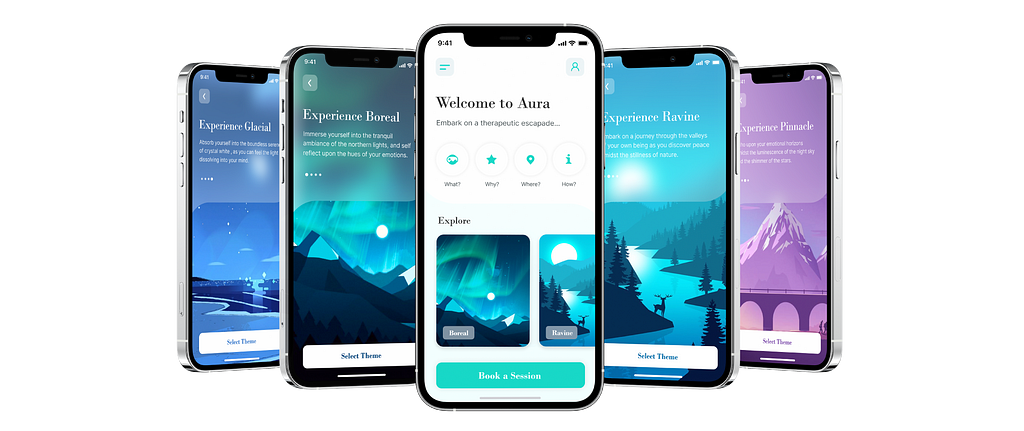
Aura’s experience begins with an intuitive and engaging app-based interface that acts effectively as the inceptive touchpoint in the customer journey- introducing and further immersing the users into the world of experiential therapy.
Initiating with a captivating splash screen, the user is introduced to the service through a preliminary video clip, setting their expectations in motion and informing them about what’s in store.
This is followed by a simple yet inclusive onboarding process- providing them assistance in creating their profile, and further helping establish an efficient and effective channel with the service.
1.1 Home
Having completed the setup, the user is welcomed to the ‘Home’ screen, being allowed the choice to get informed about the service in detail, book a session, or to access the ‘Journal’ section.

- Information regarding the ‘What’, ‘Why’, ‘Where’, and ‘How’ of the service are clearly highlighted and strategically placed as introductory buttons on the screen for simple and intuitive access.
- The ‘Explore’ section allows for instructive introductions to the variety of themes that Aura offers, coupling appealing visuals with informative representations.
- The ‘Book a Session’ call-to-action (CTA) button serves as the point of access for immediate redirection to the process of booking, allowing for a hassle-free experience for the accustomed users.
1.2 Book a Session
The process of booking a session using the app is carefully crafted, incorporating the ethics and sensibilities of a professional psychotherapy session booking procedure.
- Clicking on the ‘Book a Session’ button leads the user to the ‘Select a Theme’ screen that allows for an illustrative representation of what each theme offers, along with a demonstrative trial clip. The user can swipe through the curation of available options to explore and then identify the theme of their choice.

- Having finalized a theme, they are guided to click on the ‘Select Theme’ button to be directed to the option of selecting their choice of date, time slot, and duration from the available ones.
- Next, being directed to the ‘Express yourself’ screen, the user is guided to choose from a range of colors to best describe their current emotional state. This serves as an emotive insight for the service providers to optimize and personalize the session for the best possible experience.

- The user is further directed to the ‘Help us help you’ screen, serving the terms and conditions that they are subjected to when availing the service, followed by their rights as a client. There is also the option to add an additional note (‘Anything you want us to know’), in case of any special requests or concerns.
- Subsequently, they are guided to confirm their booking via the ‘Review Booking’ screen.
- The process then concludes with the ‘Make Payment’ CTA, leading them to the payment gateway, followed by a pop-up notification confirming the completion of their booking.
1.3 Journal
Once a session is booked, a card is added to the user’s ‘Journal’ screen that is descriptive of the specificities and details of the particular session such as its theme, duration, and time slot.

The cards for all the completed sessions are bracketed under the ‘Previous’ section of the screen. These on being clicked further provide a collection of a few pictures of the user from inside the room, that they can cherish and share. These in an illustrative manner sum up the emotional journey of the user and provide them with a channel to reminisce their experience.
On the other hand, if the session is an upcoming one, the card on clicking presents the expectations to have from the session, the procedure to follow, and the do’s and the don’ts. The same is further bracketed under the ‘Upcoming’ section in the list of tiles.
Altogether the app-based interface acts as a crucial bridge connecting the user to the service of Aura, being the door to the start of their therapeutic journey.
2. Stimuli Curation
With a special emphasis upon the idea of modeling therapy as ‘an experience’, it is vital to explore, analyze and curate what forms the sum total of the experience. Thus, with multisensory therapy being a central pillar to its foundation, a 6-channel stimuli bank was constructively designed. With an in-depth exploration having gone into understanding and analyzing each stimulus on an individual level as well as their interplay with the others in the curated ecosystem, a meticulously arrayed stimuli curation was achieved.

2.1 Visual
The visual stimuli were curated by integrating the concepts of Gregory’s Top-down theory, mood lighting, and color psychology with the medium of ‘Mixed Reality (MR)’. With a focus on merging the visual experience with a captivating, emotive, and therapeutic ambiance, MR is used through its ‘Cave Automatic Virtual Environment’-type projection-based model. This facilitates the creation of an immersive virtual environment within the room’s physical periphery.
The medium offers itself to mentally and emotionally transport the person to soothing and mesmerizing narrative-driven experiences by virtue of its theme-based model. It also allows enhanced control over the environment, interactive optimization, and magnified customizability for an emotionally congruous user experience.
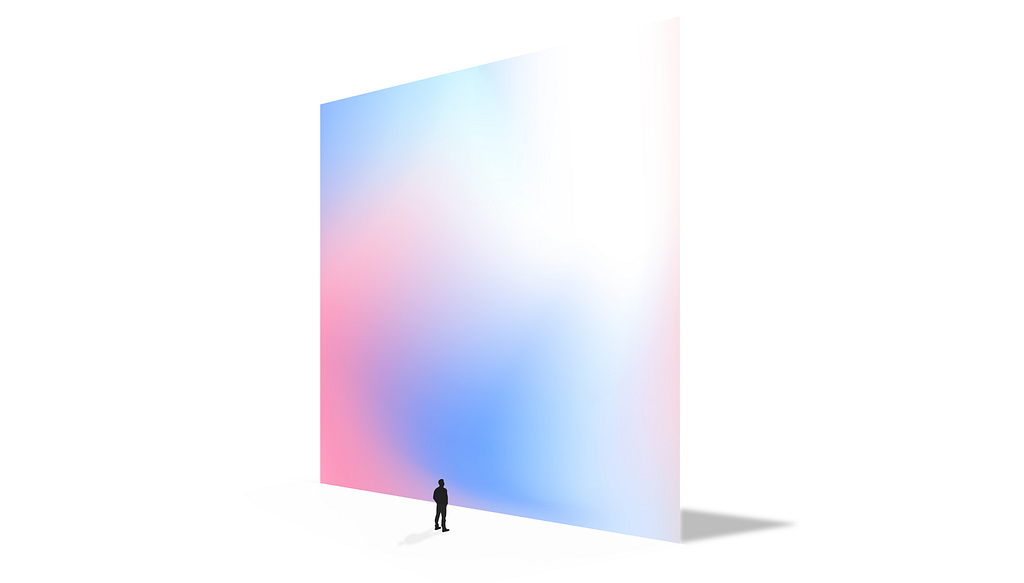
Furthermore, specialized therapy equipment such as bubble tubes, fiber optics, and refraction panels are embedded within the room’s empathetically designed interiors to couple visual stimulation with tactile delight.
2.2 Aural
The aural stimulation in the therapy experience is facilitated via ambient rhythmic sounds derived using the virtues of concepts such as binaural beats, ASMR, and white noise. Through a harmonious consonance of instrumental music and natural sounds, the emotional ambiance of the environment is enhanced using an IMAX-type surround sound system. The sound experience is further customized for each theme to provide aural immersion to the user.

Also serving as a channel of communication, control, and guidance for the user, when inside the room, is the interactive voice assistant that is readily responsive and receptive to their commands and queries throughout the journey. This further provides them with a sense of autonomy over the situation, hence instilling a feeling of self-sufficiency.
2.3 Tactile
The sense of touch is efficaciously catered to in the room using specialized equipment that facilitate delightful tactile interactions. The sensations of vibration, texture, pressure, temperature, and position are explored and amalgamated into the environment through bubble tubes, fiber optics, tactile blankets, cushions, and padded furniture. Therapy house plants such as Peace Lily and Aloe are added to the environment to elevate the ambiance through a touch of nature. Interactive switches are also strategically embedded to provide control over the temperature of the room, the lighting, and the sound system.

2.4 Olfactory
The olfactory facet of the experience is designed by imbibing the concept of aromatherapy. Scents that have a positive and calming impact have been curated in harmony and are released into the room’s atmosphere via embedded essential oil diffusers. With special emphasis on the thematic ambiance, a symphonic assemblage of therapeutic fragrances such as Lavender, Yuzu, and Lemon has been arrayed. The diffusers release the scents within the room in a regulated manner, orchestrated into varying potency and proportions throughout the duration of the session.
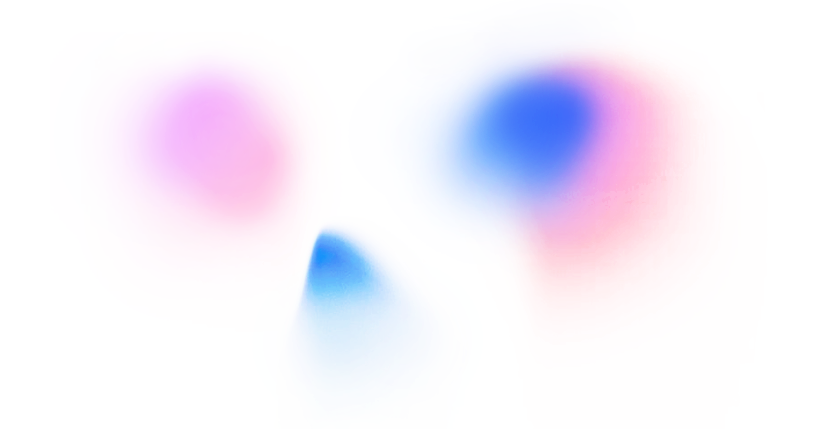
Optimizing upon the phenomena of associative learning, the olfactory ambiance elevates the therapy experience by embracing the prospects of creating ‘happy memories’ as well as reminiscing them.
2.5 Gustatory
The sense of taste in the therapy experience is stimulated during the initiation of the user journey, by means of a theme-based welcome drink. The carbohydrate-based nutritious beverage helps induce a soothing effect on the taste buds while also brightening the mood of the customer, at the very start of the experience.

2.6 Proprioceptive
As for proprioceptive stimulation, the user is encouraged to move around the environment to explore and interact with the strategically placed equipment within the prudent partitioning of the room. The space is carefully designed to be capacious and ergonomic, thus facilitating the ability to engage in free and flowing movements.
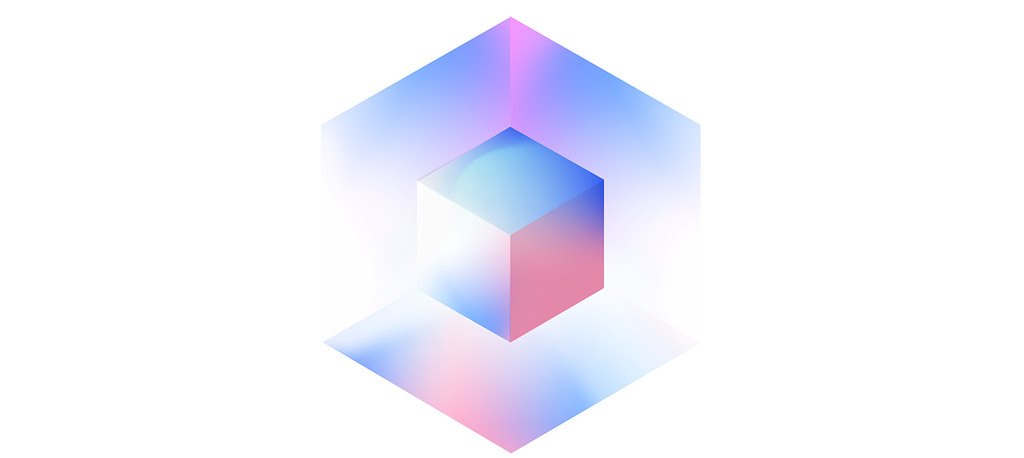
Furthermore, specialized equipment such as a squeeze ball, a Rubik’s cube, a whiteboard, clay, crash beds, and sensory foam-based beanbags are made available to serve proprioceptive fulfillment.
The entire stimuli curation is designed to be inter-complementary, acting as a symphonic ecosystem of experiences.
3. Specialized Environment
The maxima of the user journey for Aura’s experience begins to take shape when the user enters the therapy environment. With the sum total of the experience having been curated and the user having been sensitized and informed, the amalgamation of the two is realized when the therapy session is initiated in the specialized environment.
https://medium.com/media/b2a00a4dbbea6d2140e8c746fab51e3a/href
The room is designed to optimally serve the multisensory experience, in an ergonomic and commodious layout. The environment is meticulously sectioned to regulate the available interactive experiences all across the area of the room, without leading to any form of sensory overload.

3.1 Nucleus
The nucleus is the environment’s experiential epicenter. Encircling the user with a narrative-driven and theme-based journey through the medium of projective Mixed Reality, this area is the hub of visual stimulation.
At the very start of the session, the nucleus appears to be homogenous to the entire room. On the contrary, as soon as the voice assistant guides the user to take a seat at the center of the room and relax, they are gradually immersed in the MR-based experience and transported to a completely new environment.
https://medium.com/media/41b5817f9c1a7b845984b5d4aed495dc/href
Its area is designed to be spacious, to incorporate all the integral elements of the themed environment. The bean bags allow for a relaxing and convenient accommodation. It also has high receptivity to the ambient sounds, the aromatherapy, and temperature regulation in the room to facilitate complete immersion in the multisensory experience.
3.2 Relaxation Corner
The relaxation corner is an area in the room, dedicated to unwinding emotional and mental stress. It is embedded with fiber optics in the form of a chandelier as well as a miniature shimmering curtain, which provide visual interest, texture, and ambiance to the space. It is also further equipped with bubble tubes that stimulate visual perception and are ideal for providing tactile delight by means of vibratory sensations.
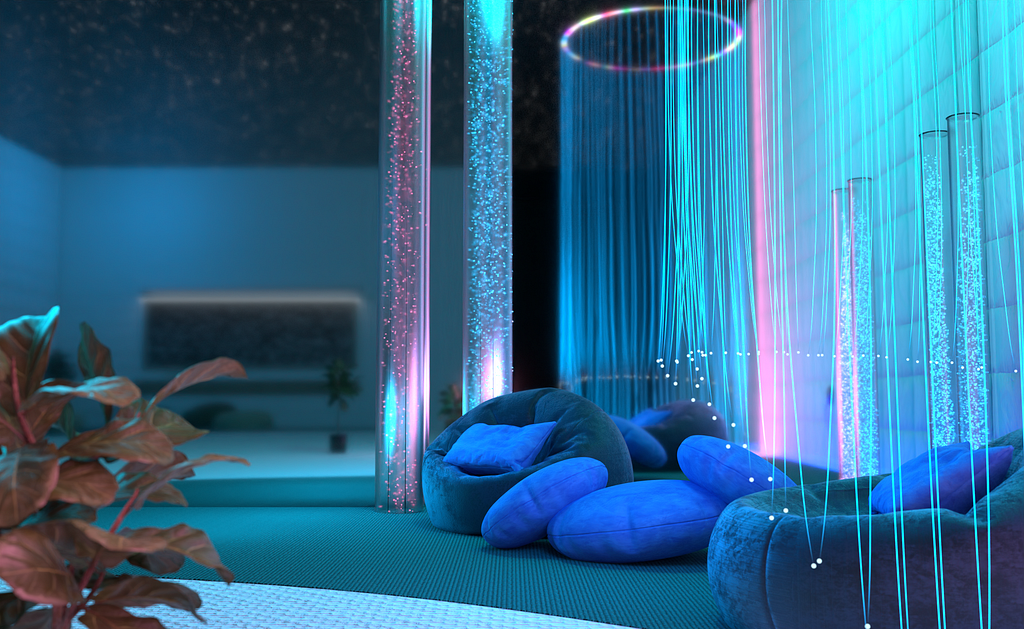
The bean bags in the corner allow for a space to let loose and relax the body while the specialized equipment aid in relaxing the mind. The subtly textured and patterned glass panel in the backdrop further elevates the tactile ambiance.
3.3 Recreational Corner
The recreational corner of the room offers a range of therapeutic activities that provide proprioceptive stimulation as well as a medium to let out stress through leisurely channels.
The area is equipped with multicolor clay as well as a whiteboard, for the user to be able to emote through creative expression. A Rubik’s cube is made available to aid in channelizing the user’s explorative zeal and critical thinking.
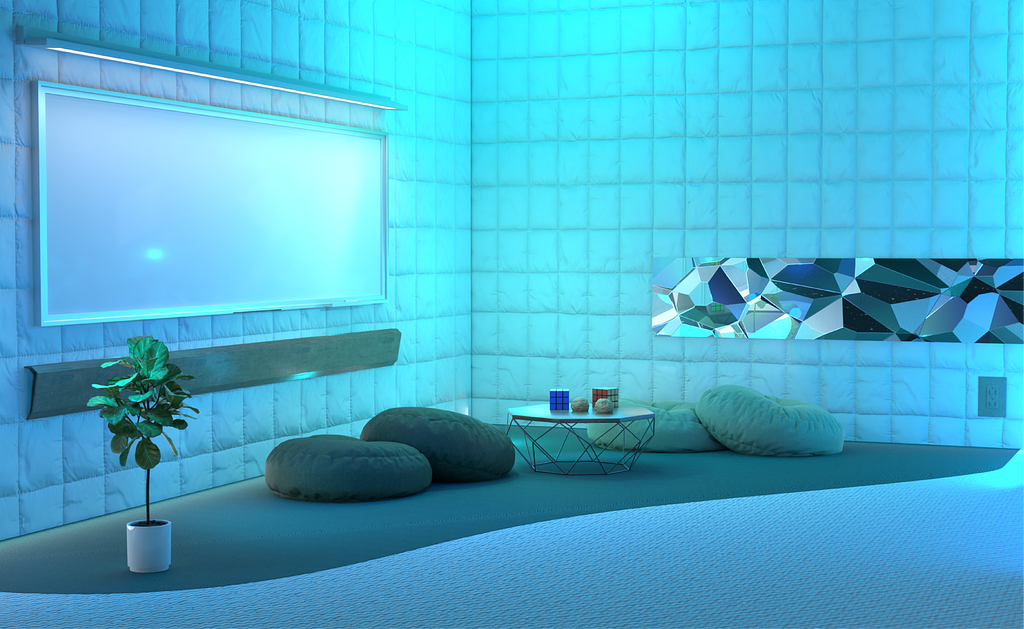
Crash beds are also present to make the engagement with the recreational activities feel more convenient and comfortable.
In addition to the scrupulous layouting and sectioning of the environment, special emphasis was laid upon the design of its interiors and the features it offers:
- The floor as well as the walls are padded and are colored white to add to the soothing ambiance. Furthermore, the white color allows for complimenting the range of shades that the thematic visualization may require due to the needed multicolor dynamism.
- The ceiling is designed to be luminous, exhibiting the visual of a starry night sky to add to the capaciousness of the room. It further elevates the idea of blending in with the tranquility of nature.
- The temperature regulation is dynamic to suit the ambient climate of the theme, while also allowing the user to adjust it to their desired setting. The uniformity in the modulation is achieved through a central air conditioning system.
- A crystal-textured mirror is wall-mounted to add to the responsive delight of the room while complementing the visual and tactile ambiance.
- The room also provides the user with a ‘Help’ switch that may be used in case of an emergency or to ask for guidance or assistance if the voice assistant ends up malfunctioning.
- The entry and exit corridors to the room are designed strategically to allow the user to ease in and ease out of the multisensory experience in a moderated way. The ambiance for the same is articulated to efficaciously bridge the experience shift from outside the room to inside it and vice-versa.
- The entrance to the room is preceded by the reception, where the user, during the check-in, is informed and guided as to how to go about navigating through the experience. Following the completion of the session, they are redirected to the area to fill in a feedback form to fulfill the intended user journey.
The specialized environment serves as the focal point of Aura’s multisensory ecosystem– connecting the user with the therapeutic experience, and culminating the journey with a sense of biopsychosocial fulfillment.

Navigating the Journey
The user journey for the service is designed to incorporate the values of the formal psychotherapy practices into a narrative-driven flow. Drawing from principles of the ‘Experience-Therapy Dyad’, the service touchpoints:
- build upon an experience that offers multisensory stimulation,
- motivate the user to reflect upon repressed emotions,
- generalize emotive expression in a sensitized environment,
- and encourage them to apply and transfer the feelings towards fulfilling their biopsychosocial well-being.
The sequence of interactions that forms the sum total of this journey is further presented. The map is processed through the touchpoints of the mobile-based application, and the union of the specialized environment and the multisensory stimuli curation that it garners.
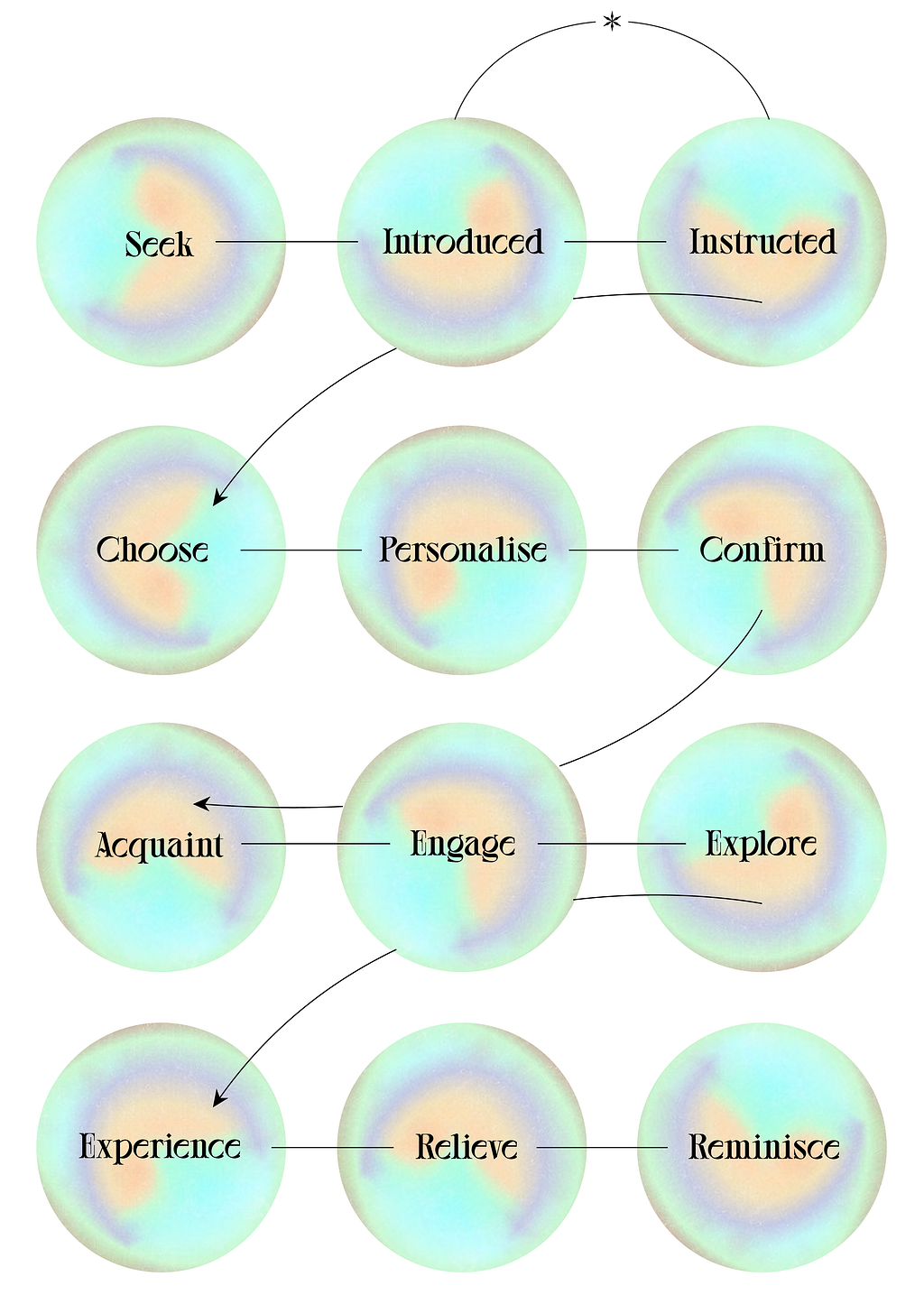
Spanning across gradual phases, touchpoints, and interactions, the journey is designed to holistically achieve a human-centered customer experience.
Future Roadmap
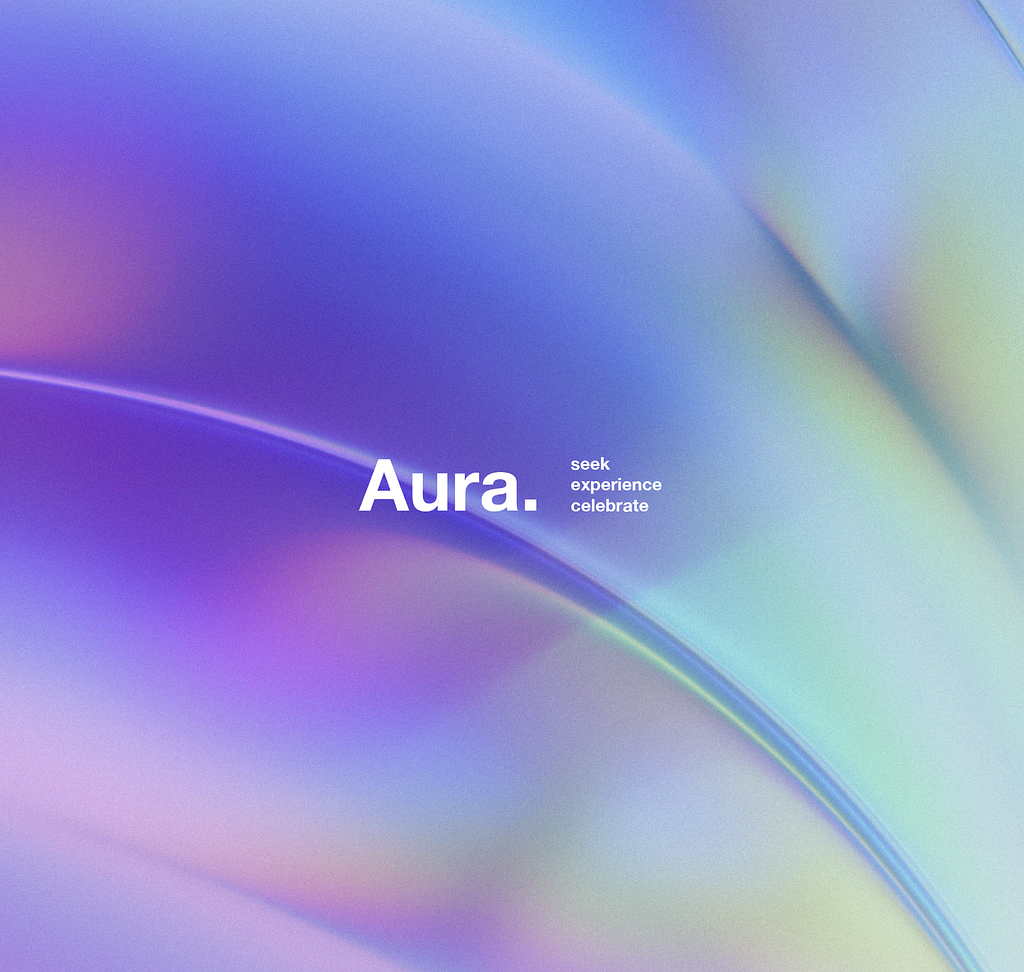
The multiformity of Aura’s service structure lends itself to a magnitude of opportunities and possibilities, as we begin to outline its future roadmap.
The service’s novelty and inventiveness as an emotional and mental well-being innovation allows it to be captivating as an initiative towards not just normalizing but ‘celebrating’ therapy. Its appeal and marketability can be capitalized upon to generate interest and to create a mainstream conversation around the subject. Engaging the community with innovative sensitization and awareness campaigns, would not only motivate people to explore and try out the experience but also empower dialogue on the topic of mental health and therapy.
Owing to the futuristic nature of the concept, it’s quintessential to also work towards enhancing the contemporary viability of the service in its possible capacities. An integral facet of the prospect would be to map and design a holistic and profitable business model that would create value for all the stakeholders involved. Modeling the concept’s design in a way that would enhance its implementability as a present-day service, without compromising on its functionality and/or affordability would also be of key significance.
Another crucial aspect in terms of navigating the future of the service would be to focus on devising a scaling-up strategy. The multilateral structure could be optimized through a framework that supports its vertical as well as horizontal upscaling, that is, achieving institutionalization as well as expansion. Integrating the service with the prospects of government-led initiatives such as the National Mental Health Programme (NMHP) as well as with third-party mediation platforms such as ‘YourDOST’ could help amplify Aura’s scale and reach as a service.
While the journey that led to Aura’s conception has been an extremely fulfilling and enlightening one, there are a lot more chapters to embark on ahead.
Looking Back
The project has been a transformative expedition, fuelled by the purpose to celebrate mental health and the motivation to innovate for the corresponding opportunity areas. The volume of exploration that the domain lends itself to, allowed us the freedom to ideate upon, and pursue ideas that were not only imaginative but also disruptive.
Intersecting the guiding principles of user experience design with the intricacies of human emotions and psychology, the entire journey has allowed us exposure to designing for human experiences, in its true sense.
Coupled with the amalgamated motif of ‘designing for the near future’ and the multimodality of the devised solution, the harvested learnings have been thoroughly illuminating.
Traversing through the senses of sight, hearing, touch, smell, and taste, ‘Aura’ has empowered us to better empathize, explore, experience, and express.
Thank you!
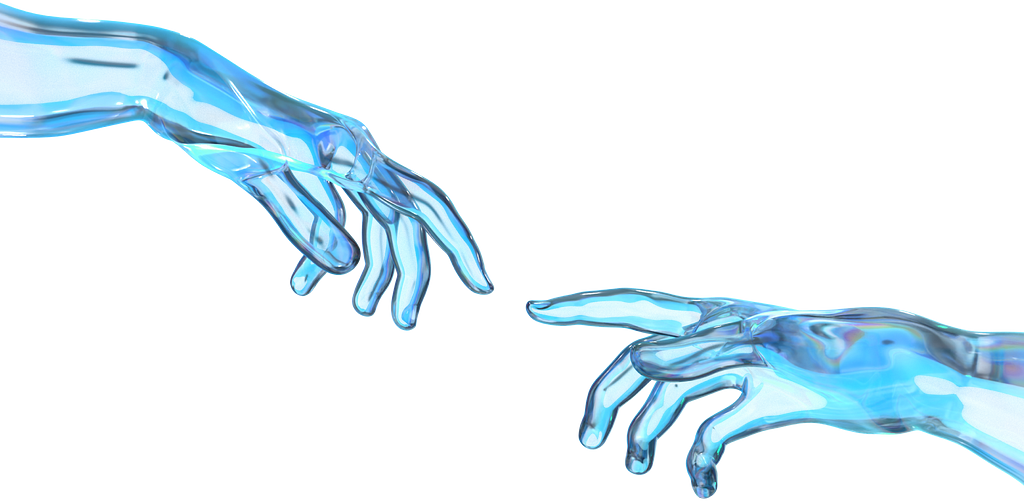
![]()
Aura: Reimagining Therapy through a Multisensory Perspective was originally published in UX Planet on Medium, where people are continuing the conversation by highlighting and responding to this story.
